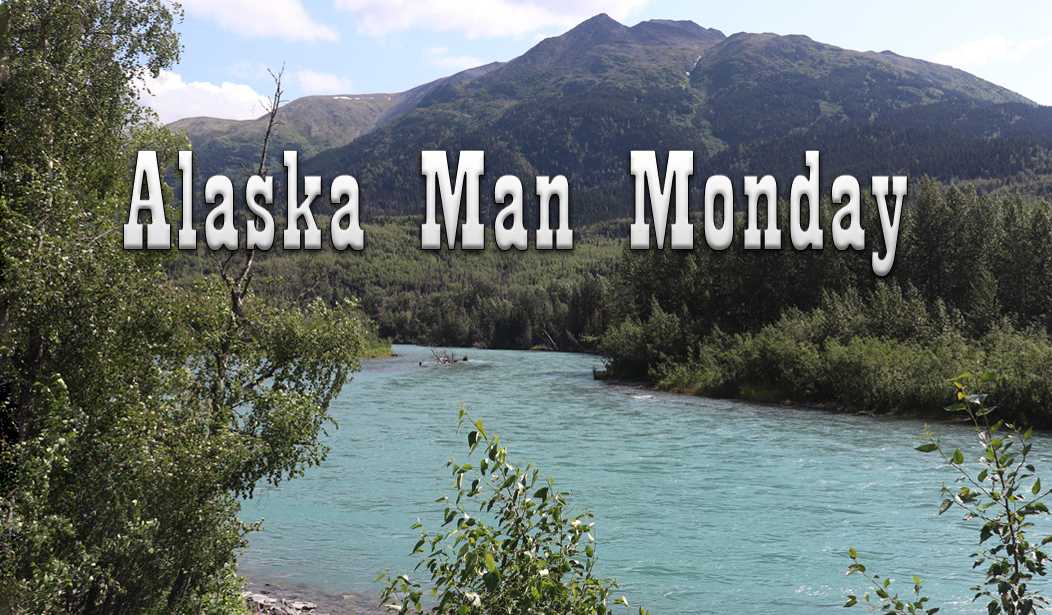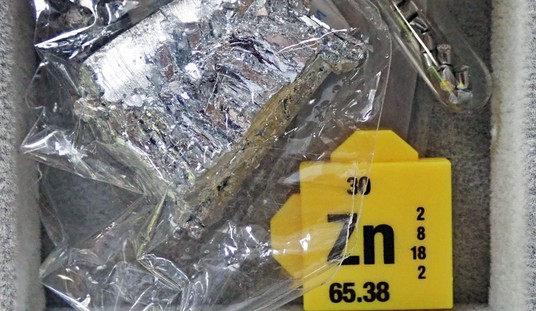Our juncos, who usually hang around until mid-September, have already headed south. We haven’t seen one in two or three days, and when birds like that head south early, well, that rarely bodes well for the coming winter.
Fall is coming, and one of the major upsides is that the first hard frost will kill most of the bugs, including mosquitoes. But then, we should recognize the roles mosquitoes play in nature, I suppose, including providing food for birds, dragonflies, and spiders. Speaking of recognition: This seems like an Alaska thing, but there is actually a World Mosquito Day. That doesn’t mean we don’t put our own Alaskan spin on it, though.
Alaska is known for its abundance of wildlife spanning the entire state. Lesser known, though, are the dozens of individual species of mosquitoes that call the Last Frontier home.
“We have about 30 species in Alaska,” said Derek Sikes, University of Alaska Fairbanks entomology professor. “Although, in any one place, you’re probably not going to encounter more than five to 10 truly annoying ones, because a lot of them are rare.”
A quick walk in the Alaska summer can expose bare arms, legs and necks to these pesky insects.
“It can be incredibly dense,” Sikes said, “really, really thick swarms that can be actually a little dangerous if you don’t have proper protection.”
I’ve spent time in northern Minnesota, fishing, bumming around, and one memorable summer, I spent a couple of weeks canoeing in the Boundary Waters. Yeah, mosquitoes there can be pretty daunting, too. But here, in our Susitna Valley digs, they also attract some of our favorite summer birds, the swallows. We have two kinds, the Violet-Green Swallow and the Tree Swallow. They don’t stay around long; they arrive just about the time of the first mosquito hatch, and depart once their babies are flying, making them our first summer bird to leave. But we enjoy them while they’re here – and we appreciate their feasting on mosquitoes.
Still, I’m wondering about that early departure of our juncos.
Alaska Man Score: 4 of 5 moose nuggets. I’m deducting one for the fact that World Mosquito Day is made possible by the existence of mosquitoes.
Read More: Alaska Man Monday - Airplanes, Place Names, and Summer Flowers
Looking for a cup of coffee and a four-legged feline pal? Guess what: Wasilla has a cat café.
The Alaska Cat Cafe acts as a traditional cafe on one side – where customers can order iced and hot beverages, baked goods and sandwiches. On the other, cats of all ages and sizes mingle with visitors.
Tahlya Rice opened the cafe after visiting one in Hawaii. She said she wanted to bring a similar business back to her hometown.
“I sat down and this one little kitten, Maggie. She was [an] itty bitty cat. And she came over, and she just sat down on my shoulder and fell asleep there. It was the cutest thing in the world to me,” Rice said as kittens jumped across tables around her.
The cafe located on Lucille St. has over 20 cats roaming around from local rescues, the Matanuska-Susitna Borough and community members.
These kinds of establishments are a big deal in Japan. Japan’s typically tiny apartments make keeping pets a challenge, so… pet cafes. And why not?
Alaska Man score: 5 moose nuggets. We love small businesses, and if this makes people happy, well, more power to them.
Read More: Alaska Man Monday - Big Mouths, Big Traditions, and Big Volcanoes
And, some good news: Mt. Spurr, the volcano, has apparently resumed its slumber.
After more than a year of heightened volcanic activity, the Alaska Volcano Observatory has lowered the aviation color code for Mount Spurr to green and the Volcano Alert Level to normal, signaling that the immediate threat of an eruption has passed.
Since early 2024, the volcano about 80 miles west of Anchorage had shown signs of unrest, including increased earthquakes, gas emissions, melting ice, and surface changes near its summit. Scientists say those indicators began tapering off this spring, and no ground deformation has been recorded since March 2025.
“Taken together, these observations indicate that the upward movement of magma has stopped,” AVO reported. “The chance of an eruption in the near-term is now considered extremely low.”
Good news, indeed. No moose nuggets for this one; just a sigh of relief.
Now, let’s talk about canoes.
Editor’s Note: Do you enjoy RedState’s conservative reporting that takes on the radical left and woke media? Support our work so that we can continue to bring you the truth.
Join RedState VIP and use the promo code FIGHT to get 60% off your VIP membership!















Join the conversation as a VIP Member